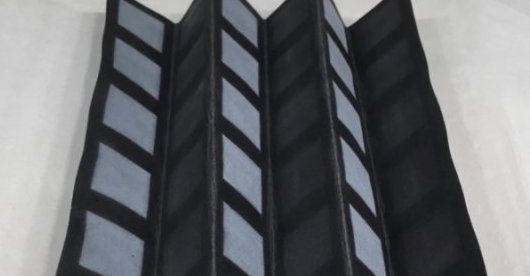
US-based scientists have developed a bacteria-powered battery (bio-battery) on a single sheet of paper, which is capable of powering disposable electronics.
The paper-based bacteria-powered battery design is part of a new field of research called papertronics, which is a fusion of paper and electronics.
How this bio-battery works?
In this battery researchers had laid ribbon of silver nitrate on a piece of chromatography paper.
On top of this, they had placed thin layer of wax to create a cathode (positive electrode).
On the other side of the paper, reservoir out of a conductive polymer was made which acts an anode (negative electrode) filled with a few drops of the bacteria-containing wastewater liquid.
When the paper is folded so that the cathode and anode come into contact, it is powered by the bacterial metabolism. This process is also known as cellular respiration.
Significance
This bio-battery is cheap and can be easily manufactured as power source for medical sensors in remote and developing areas. In this case, the power is generated by common bacteria found in wastewater.
Thus it store power generated by organic compounds. The simple components are needed to make these kinds of paper-based batteries.
This makes them a reliable backup in places where grid electricity or conventional batteries aren’t available.
Current Affairs 26th December, 2016 Current Affairs Round Up Bullet Points, November, 2016 Current Affairs Round Up Bullet Points, October, 2016

Join The Discussion